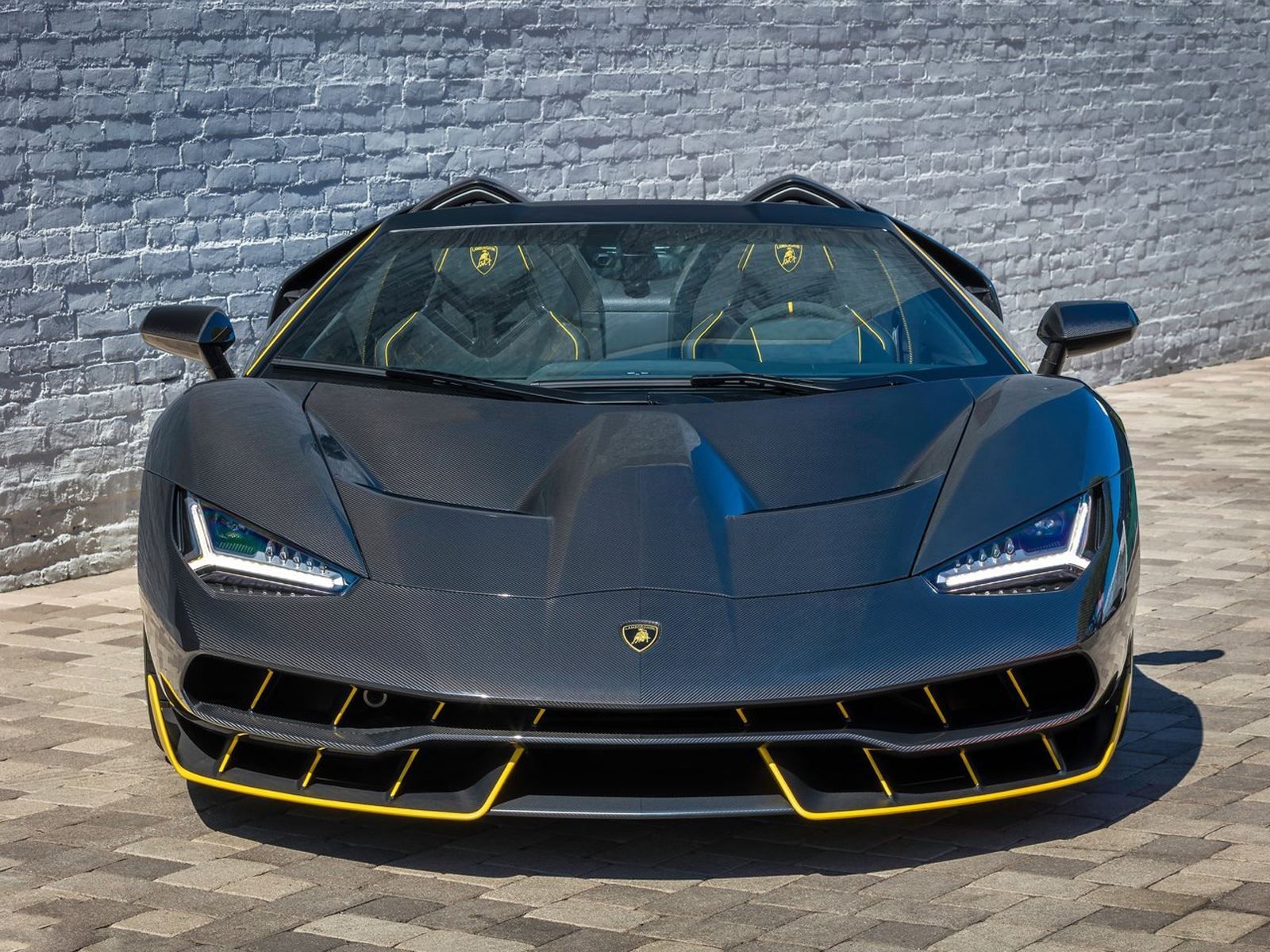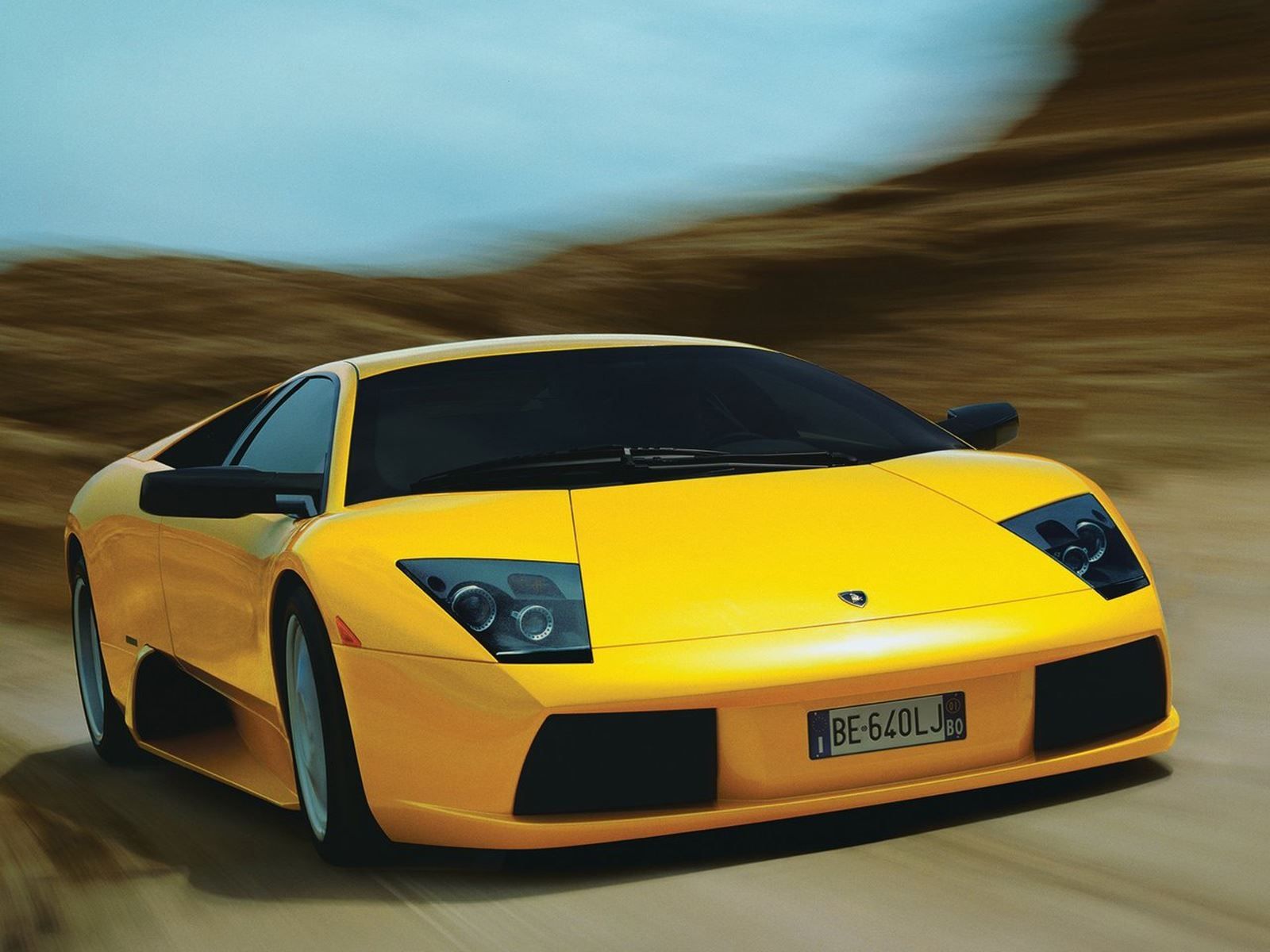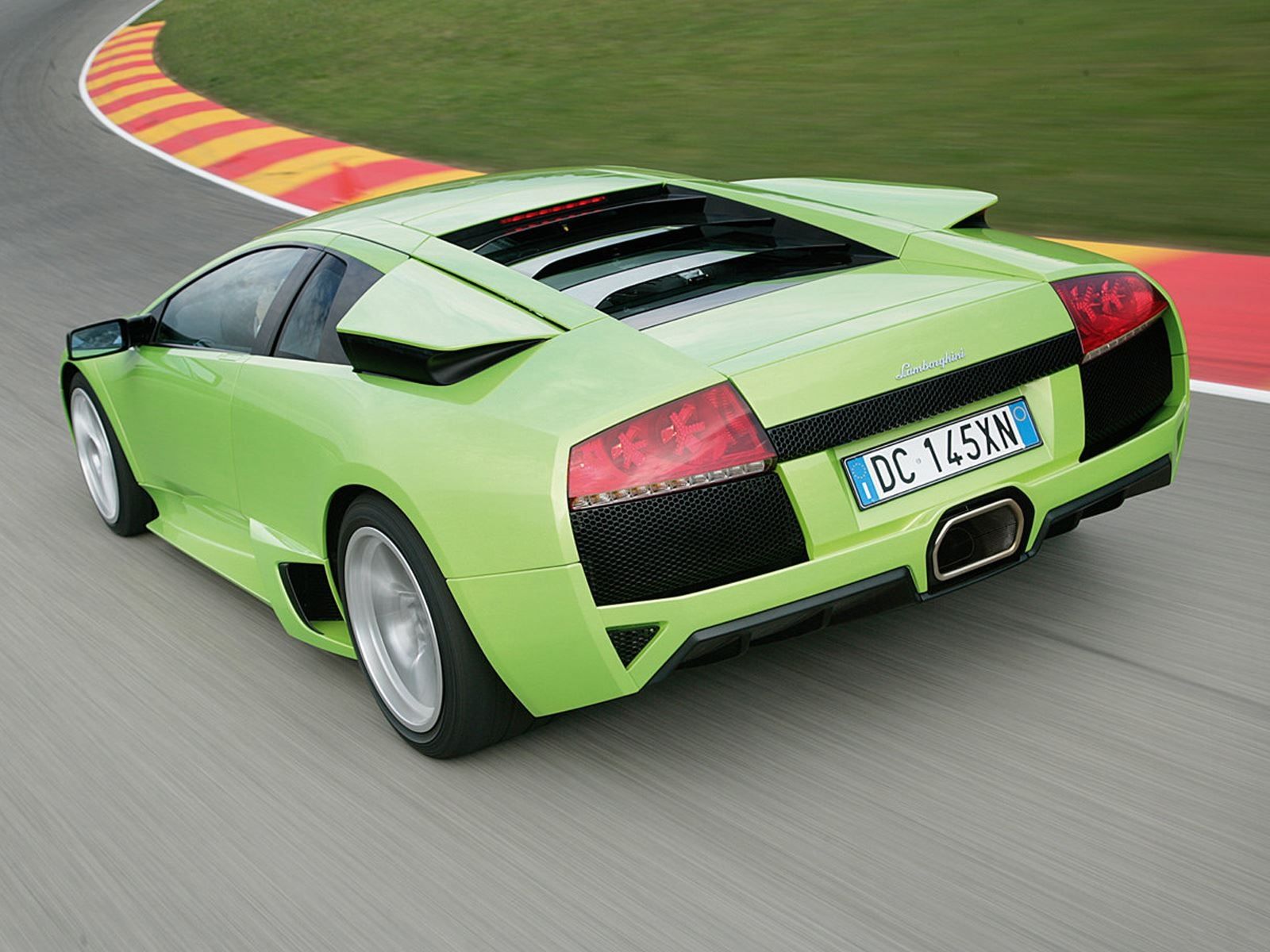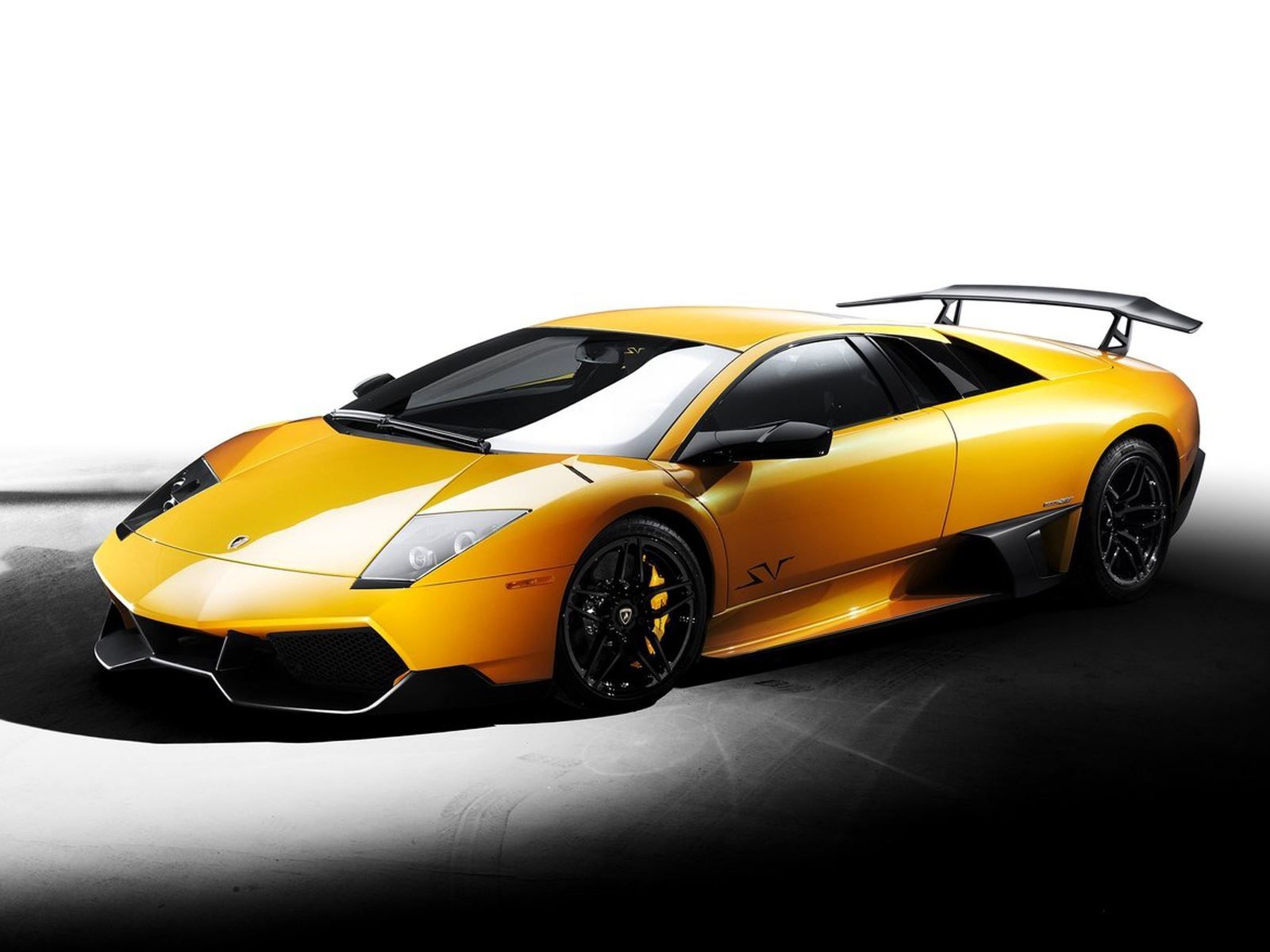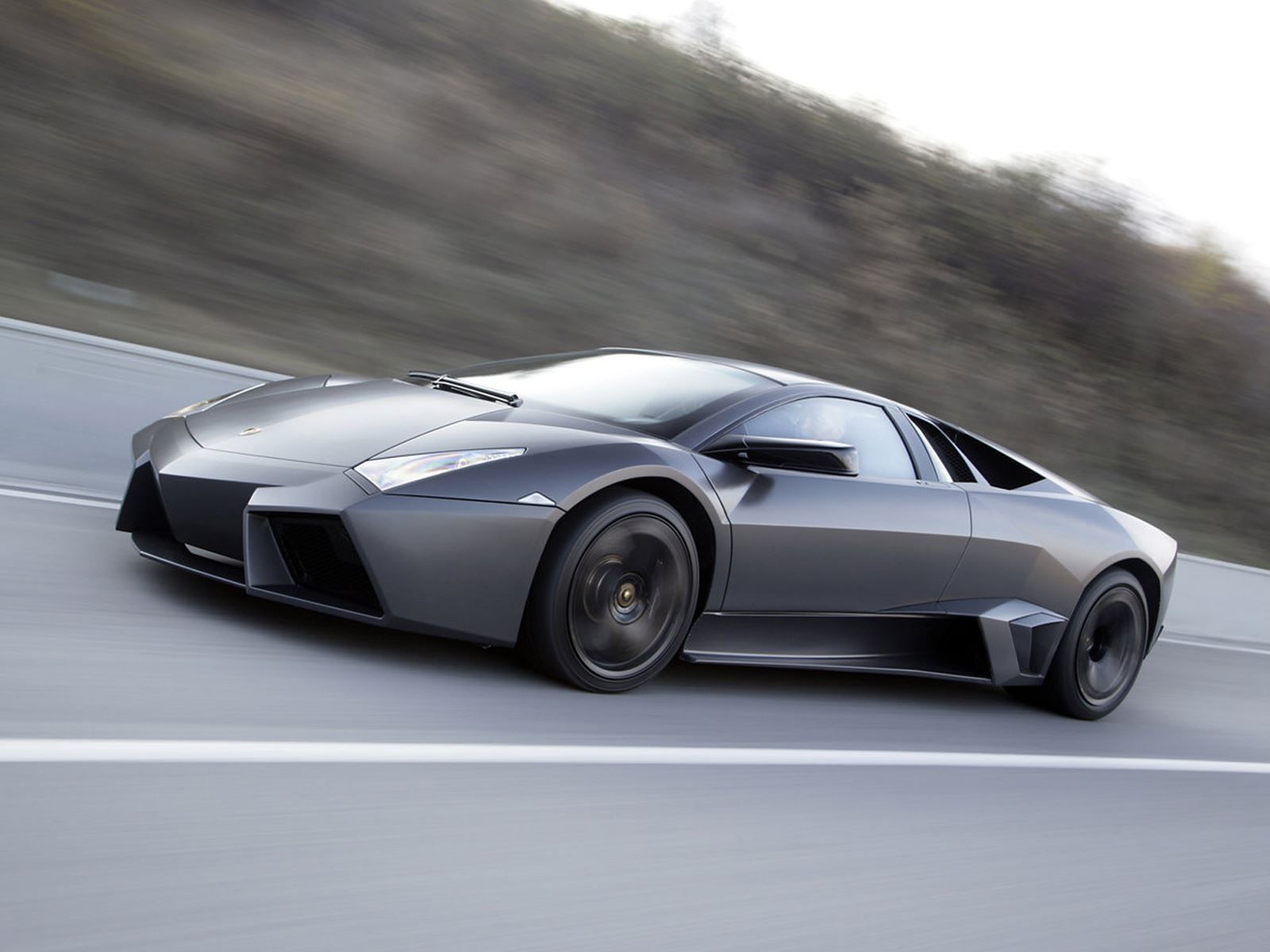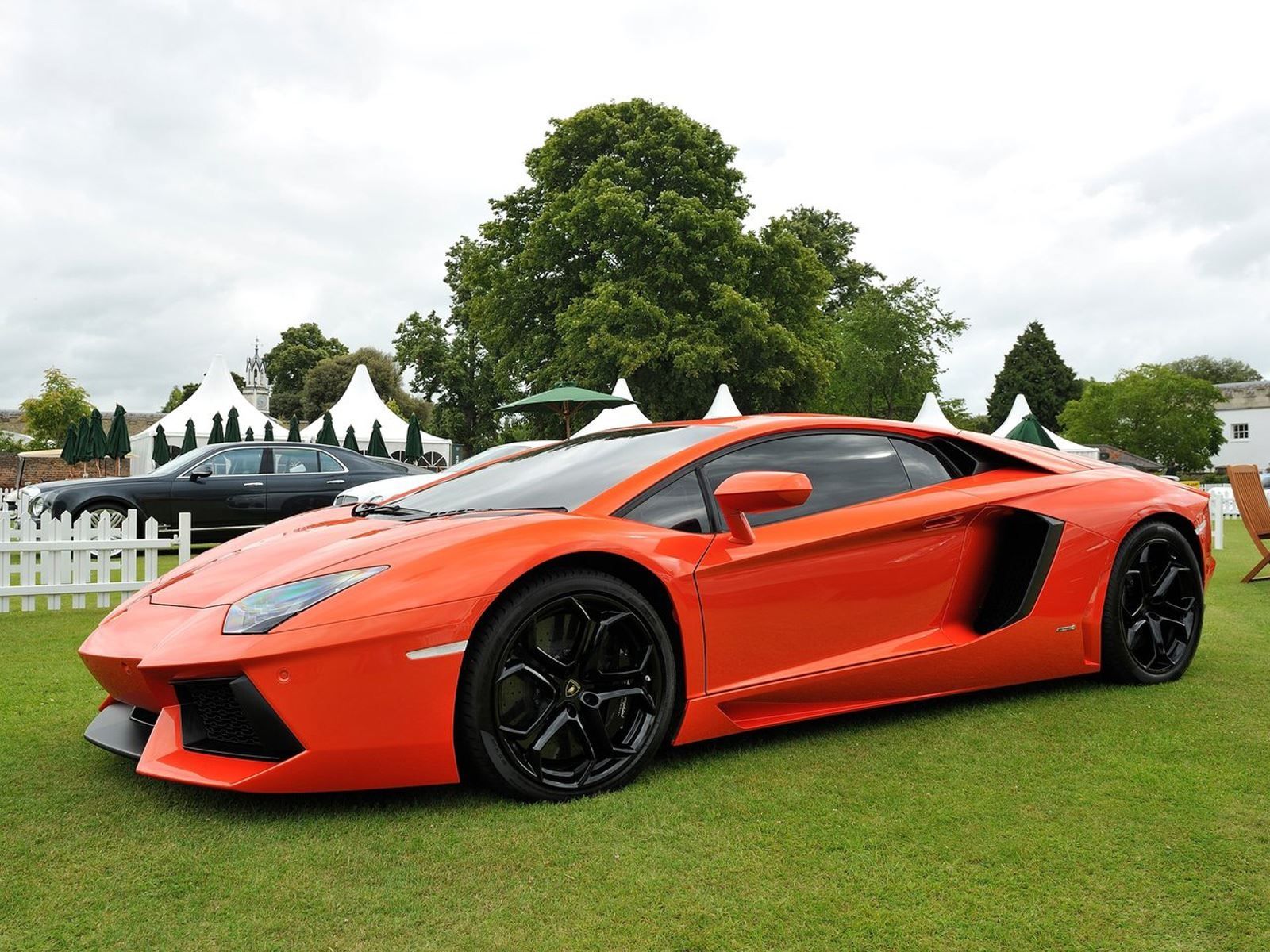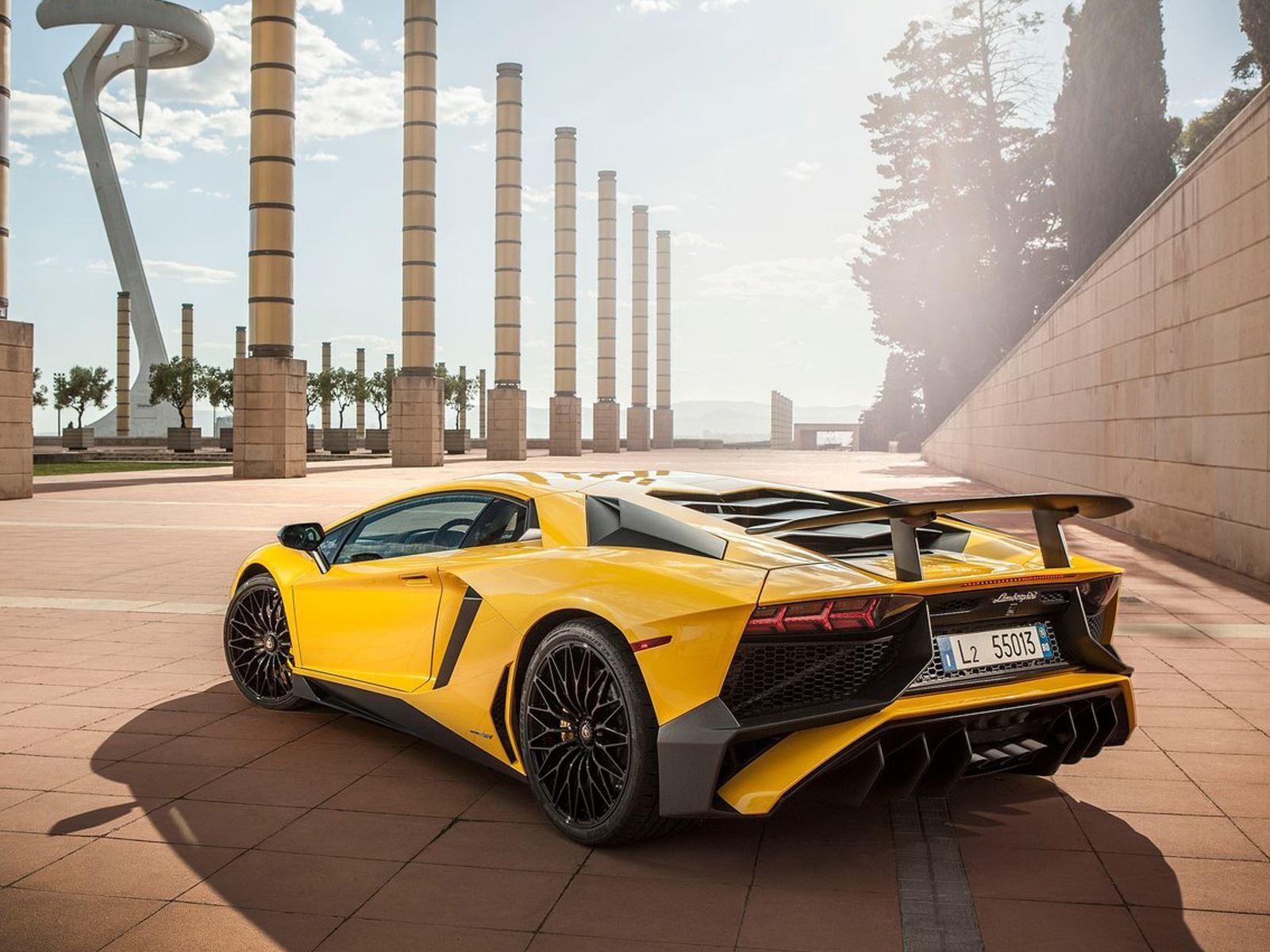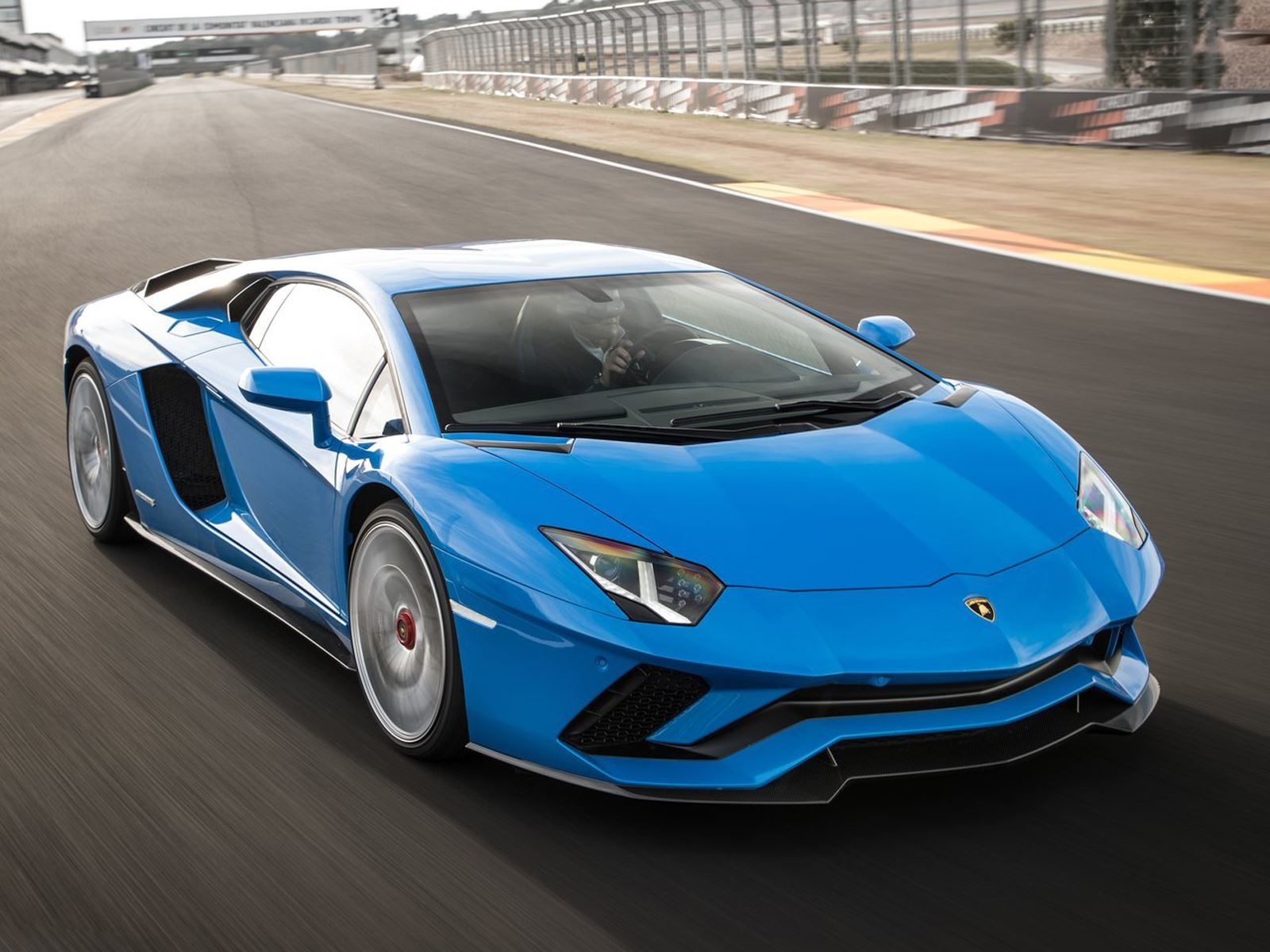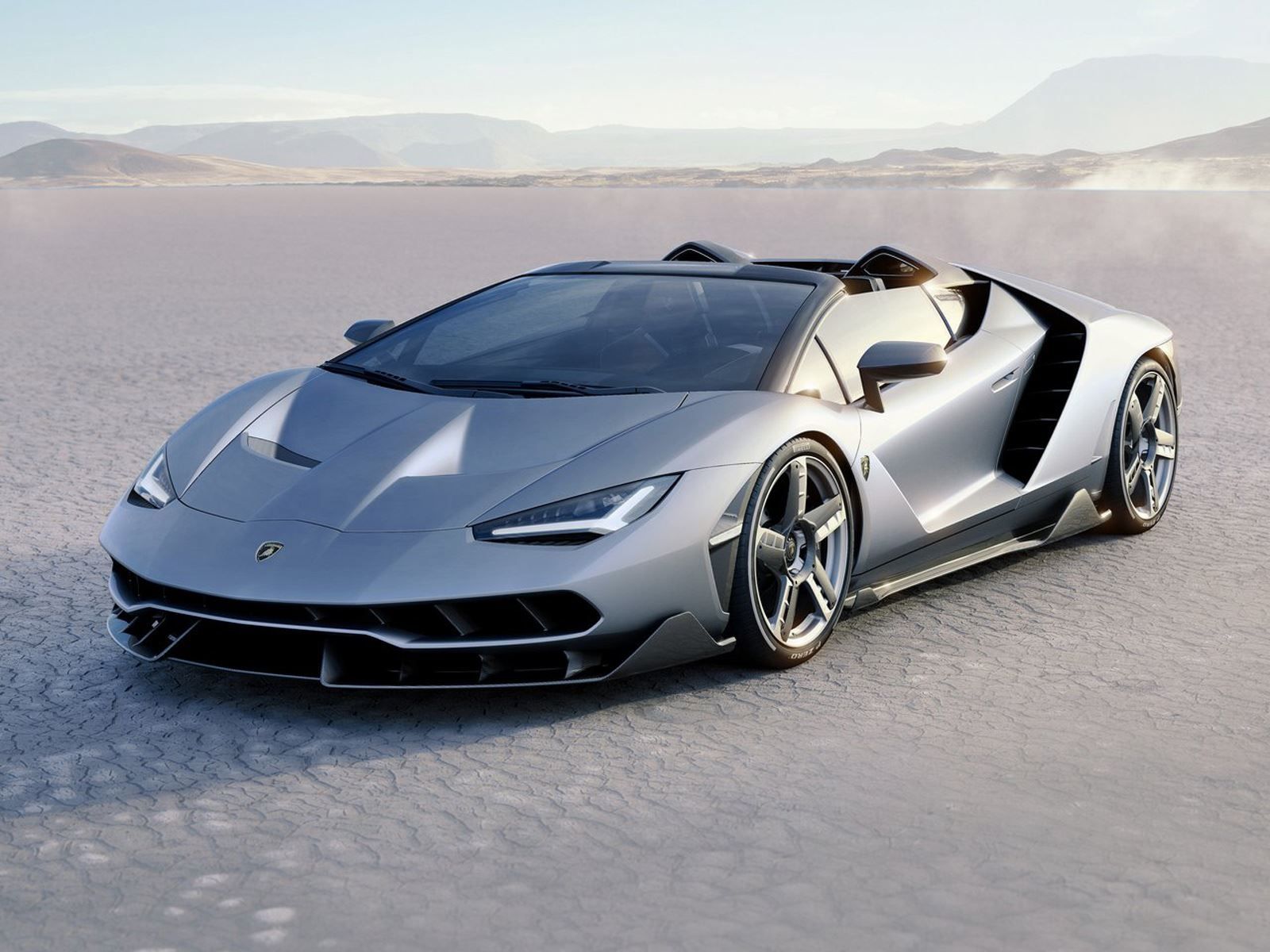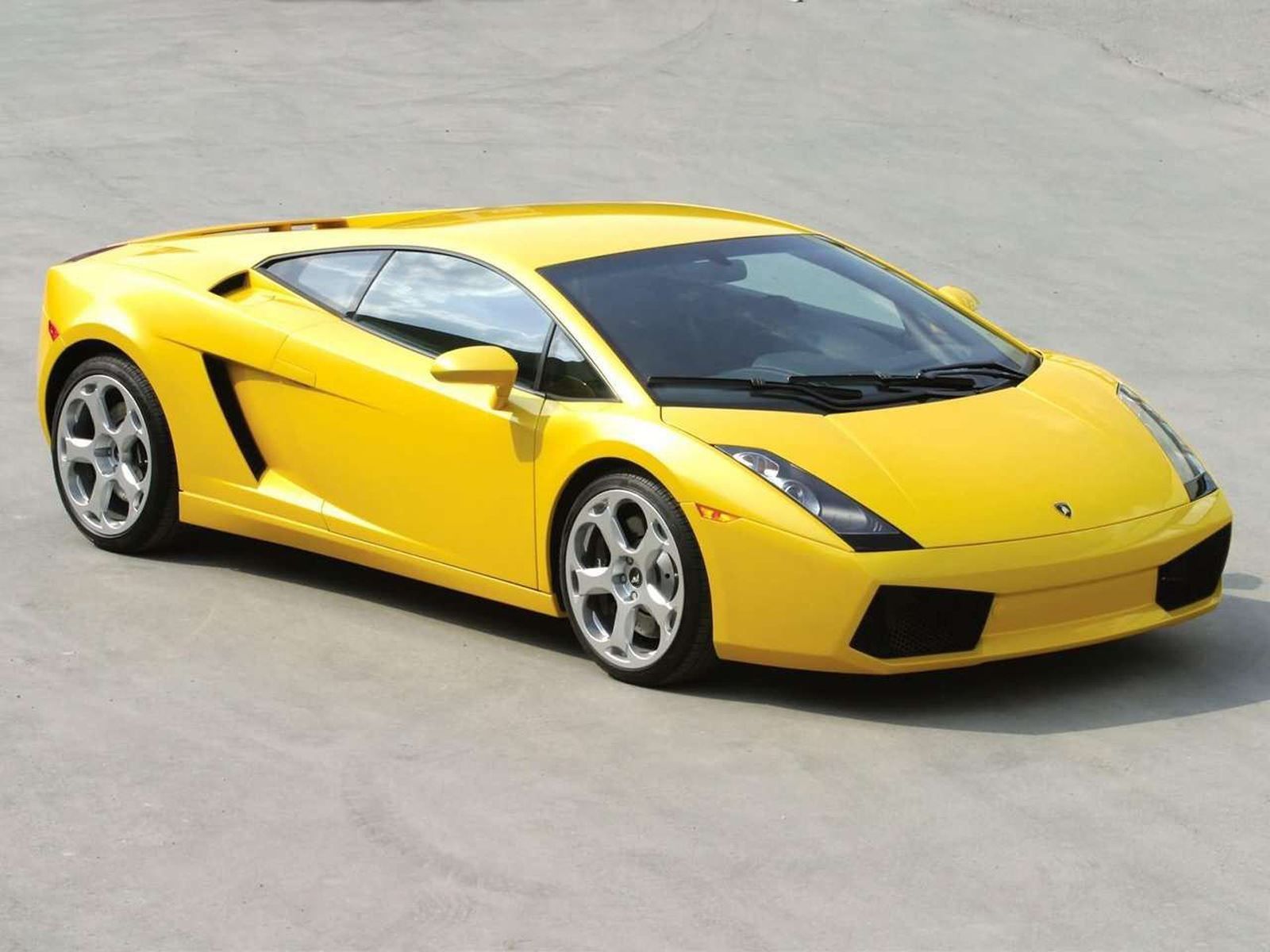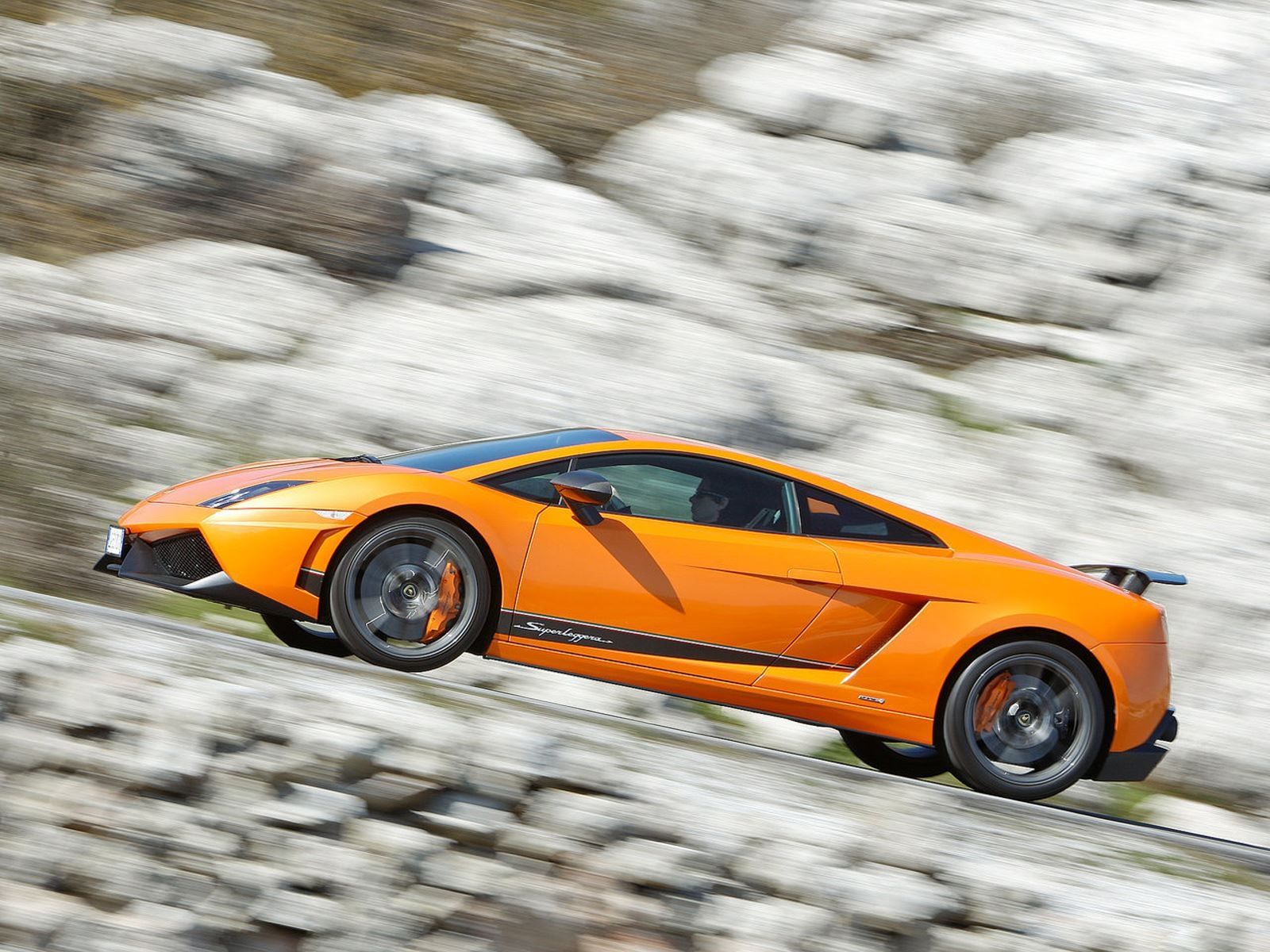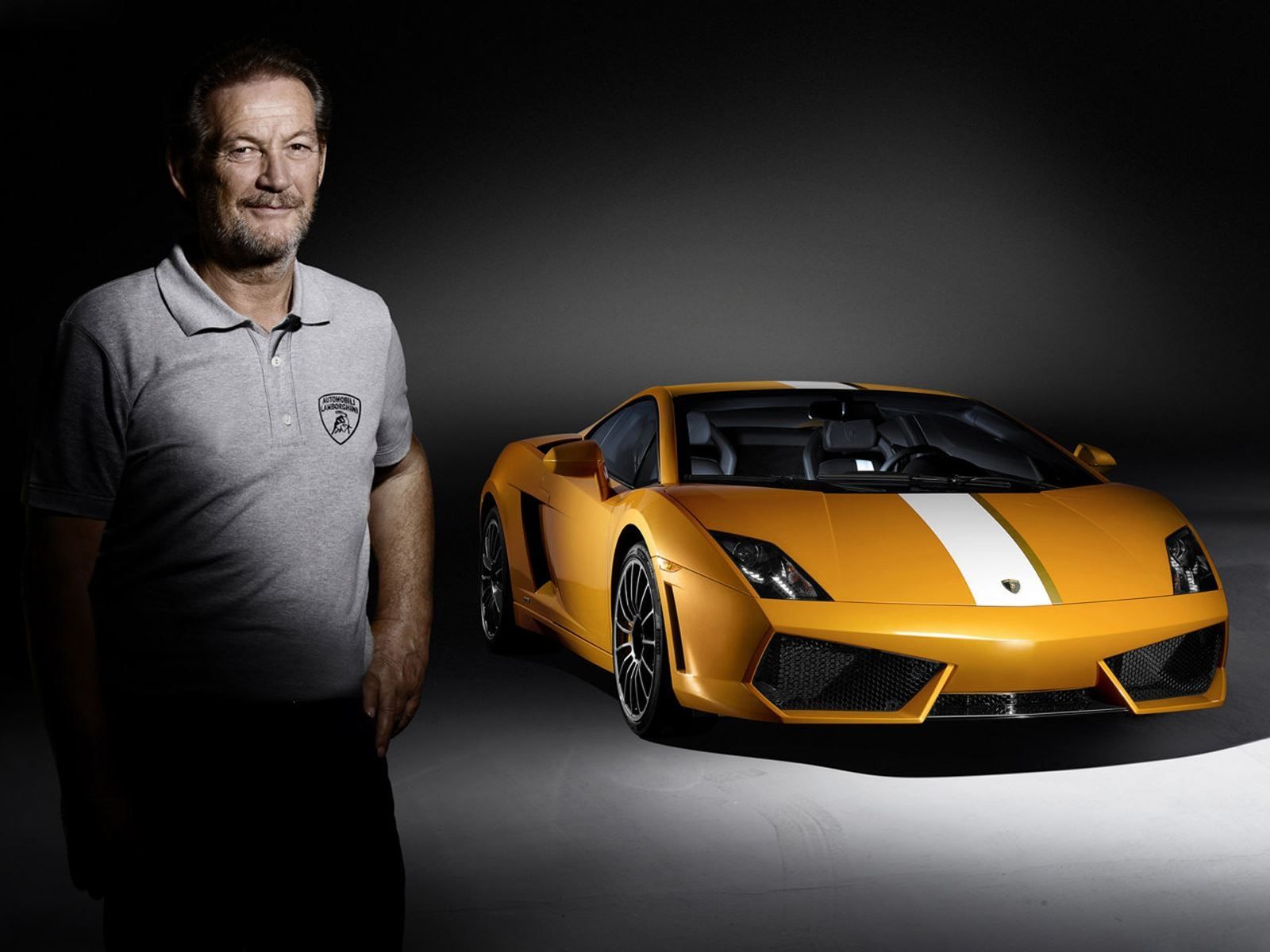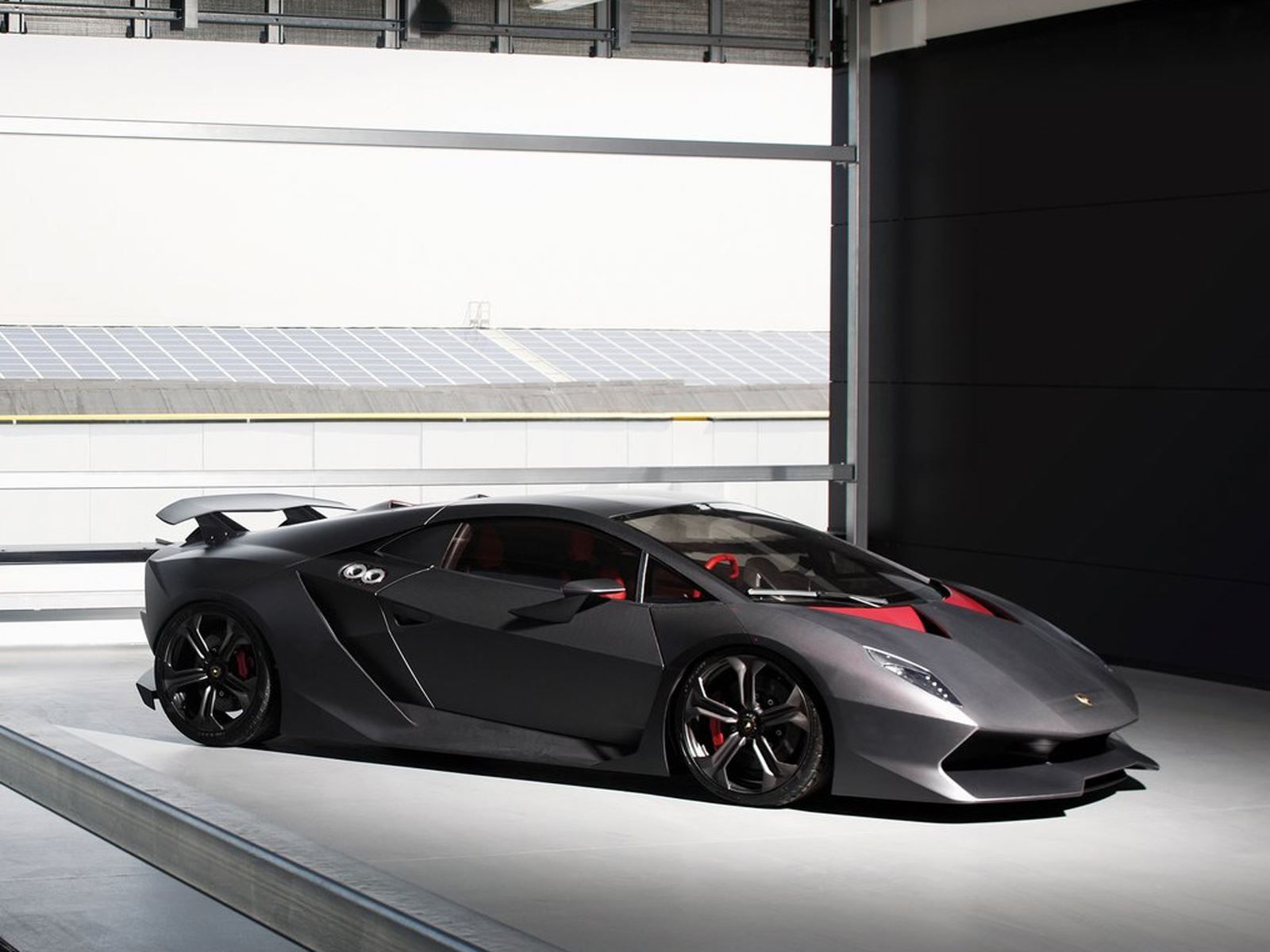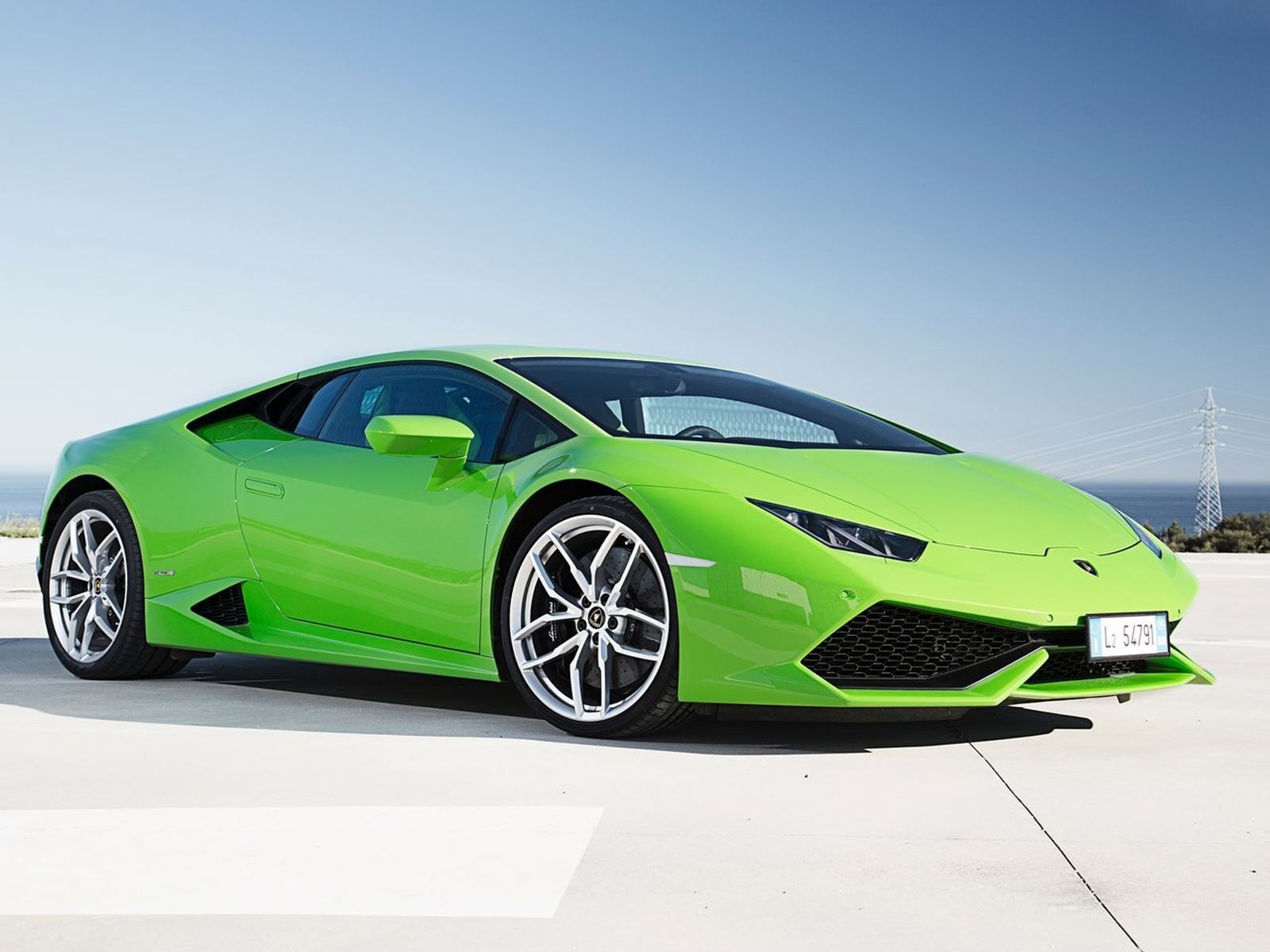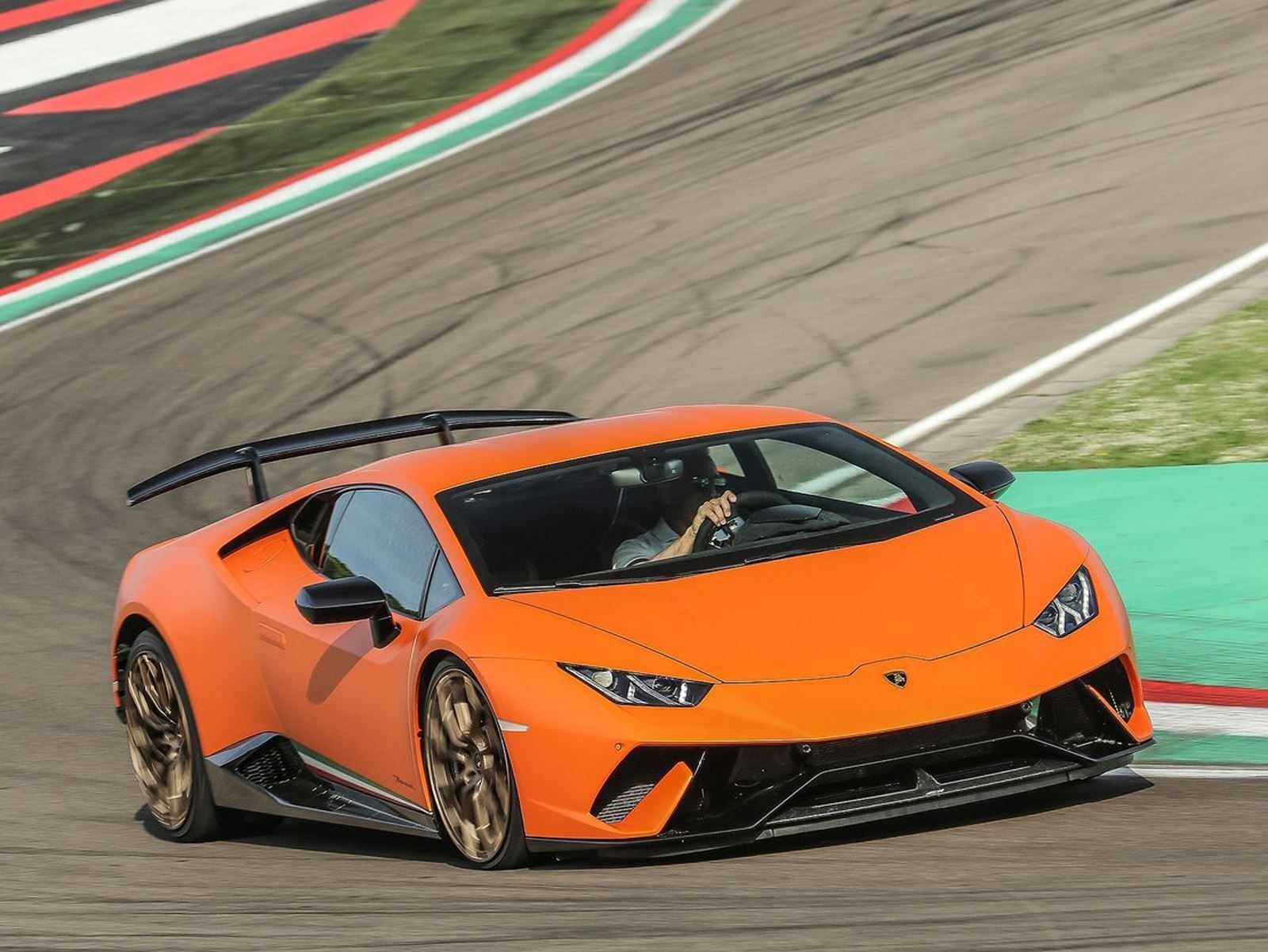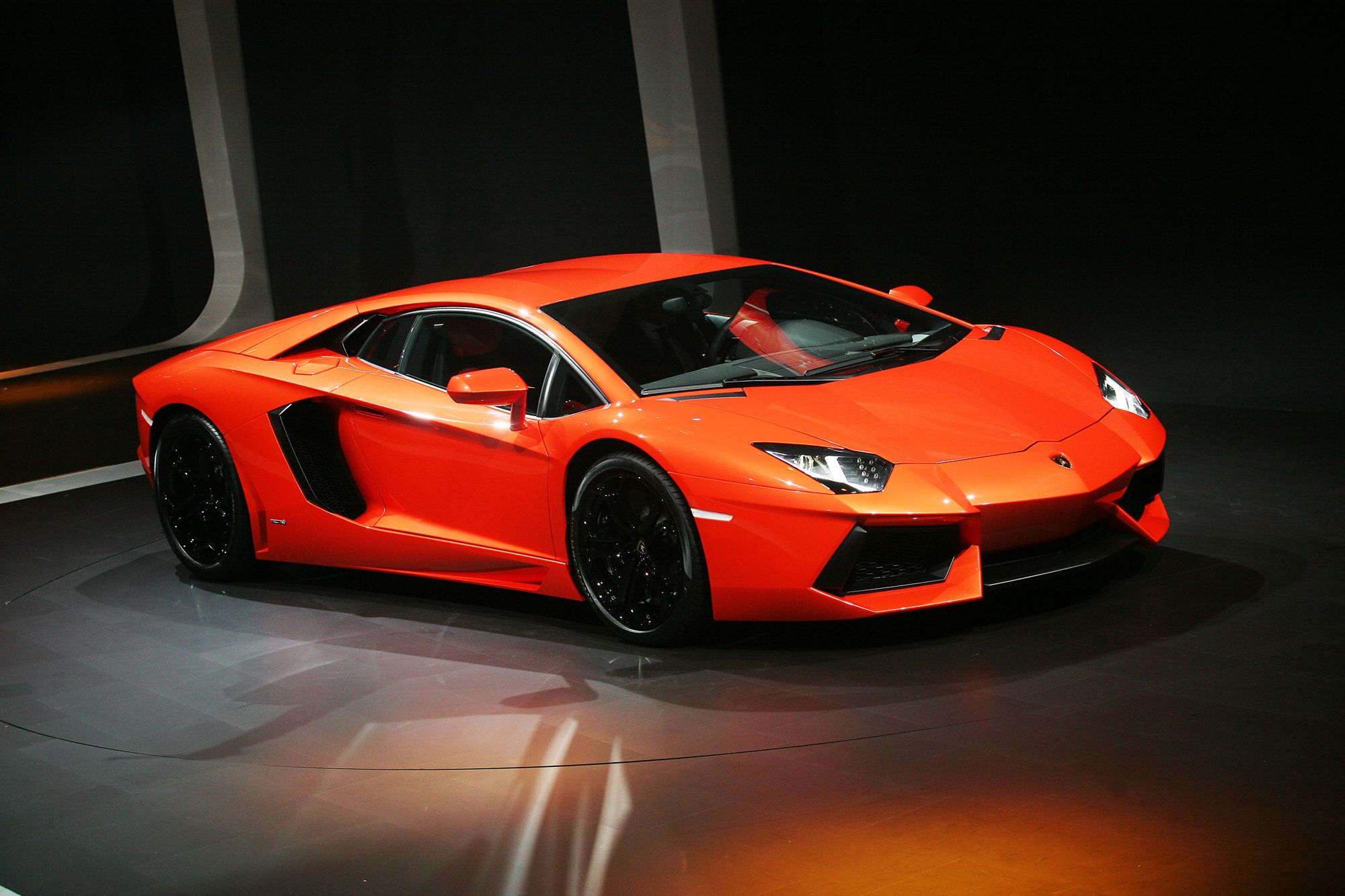
Thanks to the Volkswagen Group, Lamborghini has never been in a better financial position in its entire 55-year history. When VW bought the iconic Italian supercar company in 1998, it had never previously experienced true long-term stability. 20 years on and VW has provided much-needed product cycle structure. For example, the Countach was built for 16 years, whereas the Murcielago for a decade. Ten years is now the standard lifetime for all Lamborghinis.
To better predict when and what new Lamborghini supercars will launch over the next decade, let's take a closer look at the relevant variants of the Murcielago, Gallardo, Aventador and Huracan. Understanding what Lamborghini has done in the past and present provides a blueprint for the future. The Murcielago coupe launched in 1998 and two years later came the roadster. The mid-cycle refresh Murcielago LP640 arrived in 2006, and in 2007 the LP640 Roadster. In 2011, the Murcielago LP670-4 Super Veloce debuted and was the most extreme Murcielago to date. It also marked the end of the car's 10-year run.
Starting to see a pattern here? You should, because Lamborghini literally did the same for the Gallardo, its most successful model to date. It premiered in 2003, though the Spyder didn't hit the market until 2006. A Gallardo refresh, the LP560-4 coupe and Spyder, was for 2009. The even more extreme LP570-4 Superleggera and Performante, coupe and Spyder, respectively, came in 2011. The final and ultimate Gallardo, the LP570-4 Squadra Corse came a year before its 2015 Huracan successor. Let's also not forget the rear-wheel drive 2010 Valentino Balboni edition. Now, compare the Murcielago and Gallardo's production cycle. Quite similar, aren't they?
Thanks to Volkswagen's business savvy, Lamborghini got itself and its two models organized in a systematic cycle still in existence today. Just look at the Aventador. The original version, the LP700-4, was for 2012. The Roadster came in 2014, followed by the LP750-4 SV coupe and roadster two years later. 2017 was the refresh with the newly renamed Aventador S, followed by the roadster this year. While the SV was the hardcore version of the LP700-4, the more extreme version of the Aventador S (and potentially final Aventador) is due around 2020, of which we've already seen spy shots.
The Huracan is following the Aventador's newly established production cycle, so consider the Performante (coupe and Spyder) the very best Lamborghini can do with the Huracan pre-refresh. And also like the Aventador, a RWD Huracan is also available. Figure in roughly a year's time we'll be seeing Huracan coupe phase two, and then the cycle will repeat itself. Lamborghini applied what it learned from the VW-backed Murcielago and Gallardo programs, applied and slightly re-mixed that formula for the Aventador and Huracan. It's this formula Lamborghini will likely remain with for years to come. But along the way, Lamborghini provides previews of what's next. The 2008 Reventon offered an Aventador styling preview.
What previewed the Huracan? That would be the 2010 Sesto Elemento. The 2017 Centenario offered a styling glimpse of the Aventador successor, projected for 2021. The Huracan replacement preview concept ought to come in 2019 or 2020, with the new V10 car itself in 2024-25. And then there's the all-new Urus SUV. Will it too abide by the cycle of the V10 and V12 supercars? Who knows? It's a different beast entirely. And so there you have it, a Lamborghini supercar production cycle map that'll last at least through 2025. Oh wait, then again, a mysterious fourth model is already being discussed in Sant'Agata. Lamborghini, welcome to the world of success and profitability.

